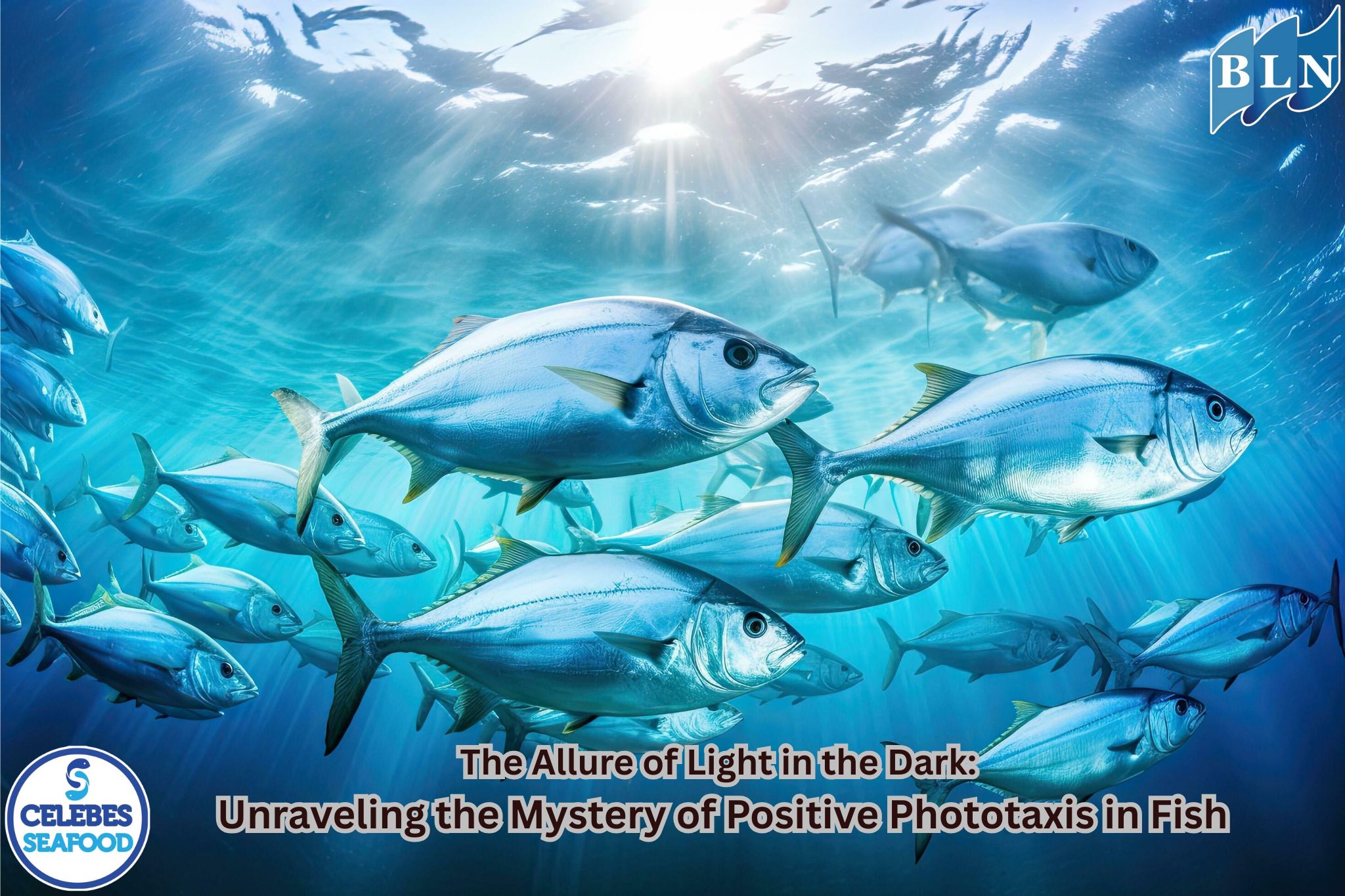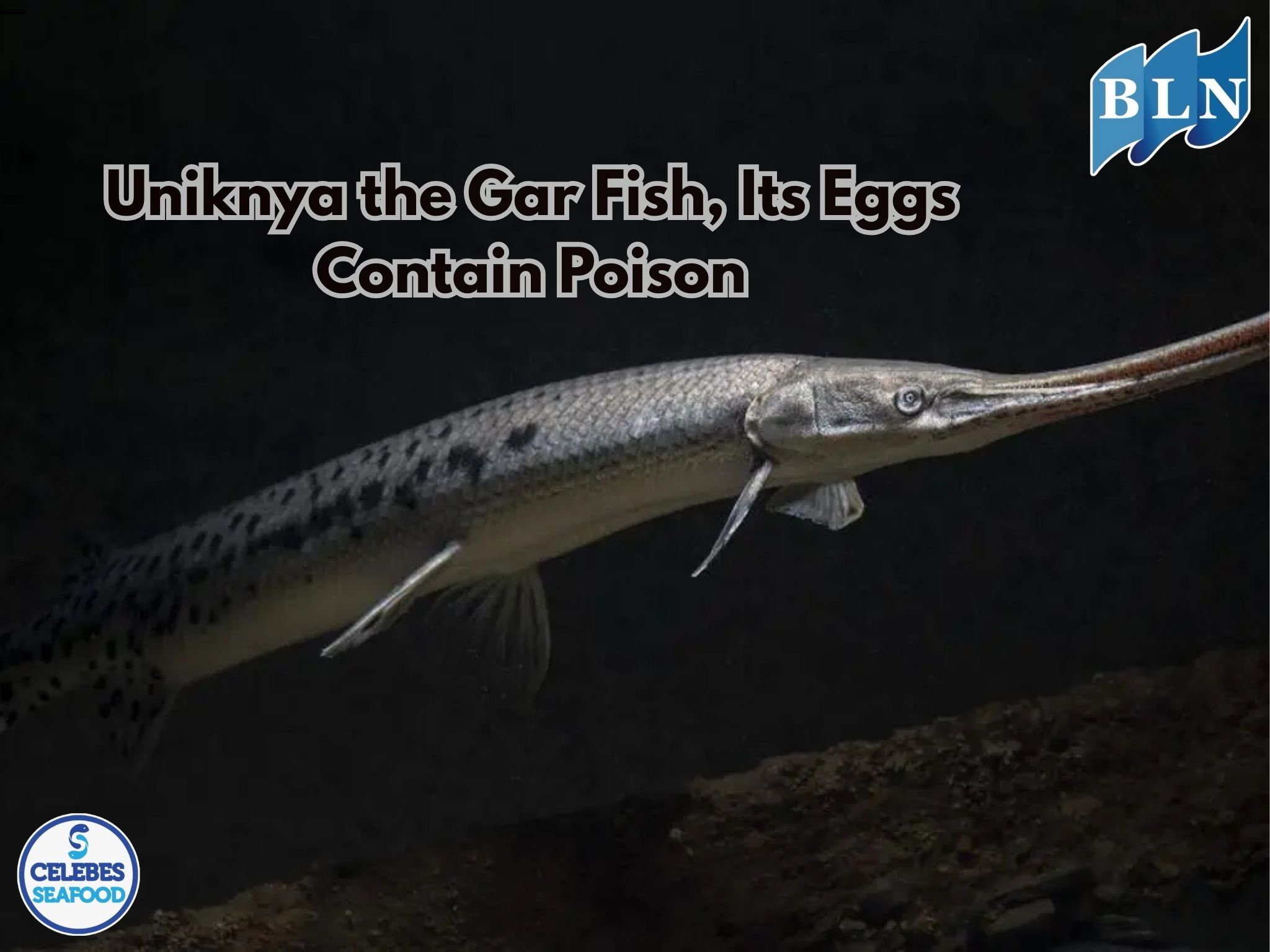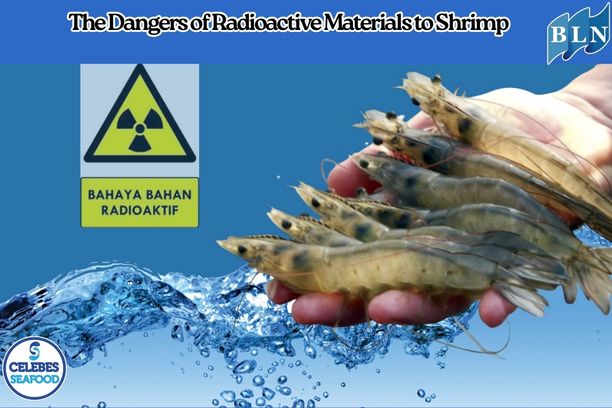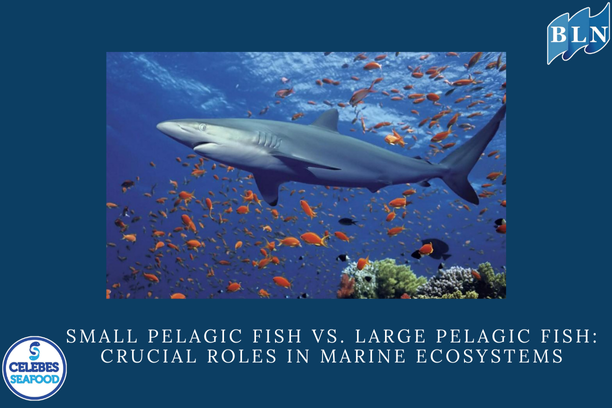The Allure of Light in the Dark: Unraveling the Mystery of Positive Phototaxis in Fish
By. Tri - 27 May 2025
lautnusantara.com_ The ocean at night often shrouds itself in mystery, yet for many fishers, darkness opens up opportunities. Amidst the deep blue, a fascinating biological phenomenon occurs: positive phototaxis. Simple yet effective, this term describes the natural tendency of certain fish species to move towards a light source. This behavior isn't just random; it's an evolutionary response with significant implications for marine ecology and fishing practices.
Literally, phototaxis comes from the Greek "phos" (light) and "taxis" (orderly movement in response to a stimulus). Thus, positive phototaxis in fish can be defined as the active movement of fish towards a light source they perceive. This behavior has been observed in various fish species, from small pelagic fish to some demersal types.
Several hypotheses explain this phenomenon:
1. Attracting Plankton and Small Organisms: One of the primary reasons is believed to be that light, especially at night, attracts various types of plankton and other small organisms that serve as a main food source for many fish. When light penetrates the dark water, phytoplankton and zooplankton tend to gather in that area. Fish with positive phototaxis will instinctively move towards the light source to find higher concentrations of food. It's like finding a brightly lit "buffet" in the darkness.
2. Navigation and Orientation: Although it seems paradoxical, light is also believed to help fish navigate and orient themselves in an often visually limited underwater environment. Light from the surface or other natural light sources can provide directional cues for fish, especially in murky or muddy water conditions. Positive phototaxis in this context could be a way for fish to maintain a favorable position in the water column or follow the movements of their groups, which are also attracted to light.
3. Social and Spawning Behavior: In some species, positive phototaxis is also linked to social and spawning behavior. The concentration of fish around a light source can facilitate interactions between individuals, including finding mates for reproduction. Light might serve as a visual meeting point that simplifies the mating process.
Implications in Fisheries
The understanding of positive phototaxis has been widely utilized in fishing practices, especially with the use of light fishing gear. Fishers install lights above or below the water surface at night to attract schools of fish towards nets or other fishing gear. This method has proven highly effective for catching small pelagic fish such as anchovies, sardines, hairtail, and even squid.
However, the use of light fishing gear also raises some debates and concerns regarding the sustainability of fish resources. Catching large quantities of fish around a light source can potentially lead to overfishing of target species, as well as bycatch of non-target species that are also attracted to the light. Therefore, the management of light-based fishing practices needs to be carried out responsibly and sustainably, considering appropriate regulations and further research on their impact on marine ecosystems.
Positive phototaxis is a fascinating biological phenomenon that plays an important role in the lives of fish in the ocean. The attraction of fish to light, likely driven by the need for food, navigation, and social interaction, has become an inseparable part of marine ecosystem dynamics. On the other hand, understanding this behavior has also brought innovation to fishing techniques. With the advancement of science and technology, it's hoped that the management of light-based fishing practices can continue to improve to ensure the sustainability of marine resources for future generations. The allure of light in the ocean's darkness holds many
If you are interested in our Coral Trout Fillet Skin On, CORAL TROUT WGG WHOLE GILLED GUTTED, TOMATO COD WHOLE GILLED GUTTED please do not hesitate to contact us through email and/or whatsapp.




 in Ball Shape (Balltype) for Export.jpg)
.jpg)


